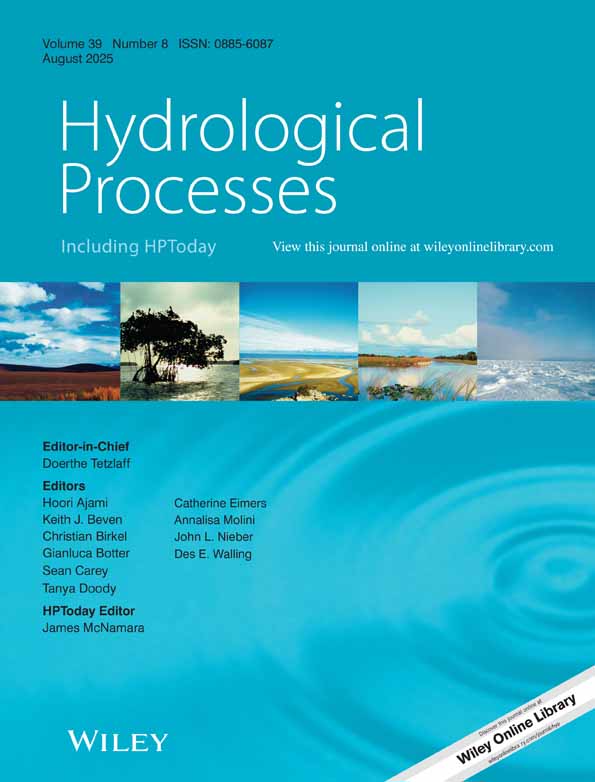Changing properties of hydrological extremes in south China: natural variations or human influences?
Abstract
Extreme events are drawing increasing concerns in recent decades due to their catastrophic nature. In this case, we thoroughly analysed the statistical behaviours of hydrological extremes in the south China by taking Guangdong province as a case study because of its unshakable position in the economic development in China. Our results further corroborated the fact that the hydrological changes are the integrated consequences of various external factors, basically the human activities and climate changes. Generally, decreasing annual maximum water (AMW) level was observed mainly in the seaward regions characterized by decreasing occurrence frequency of higher AMW level. Streamflow variations are influenced mainly by precipitation changes. Increasing annual maximum streamflow (AMS) can be attributed to the increasing precipitation intensity in recent years. However, in the East River basin, hydrological regulation function of the water reservoirs greatly reduced the AMS. In the lower East River, however, downcutting river channel and notable increases in the cross-section area caused larger magnitude of decrease in AMW level when compared to AMS. The time when the relations between AMW level and streamflow start to change matches well the time when massive in-channel sand dredging occurred, showing tremendous influences of human activities on hydrological processes in the lower Pearl River basin. This study will be of great scientific and practical merits in better understanding the statistical behaviours of hydrological extremes under the changing environment and also help to improve human mitigation to natural hazards in south China. Copyright © 2010 John Wiley & Sons, Ltd.




